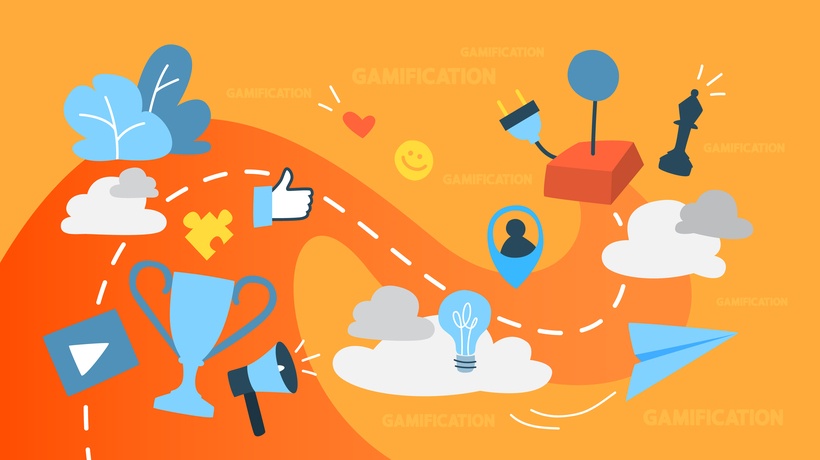Gamification can transform your online teaching experience, making learning more engaging and enjoyable for your students. By incorporating points and badges, leaderboards, quests, digital tools, team-based activities, and immediate feedback, you can create a dynamic and motivating virtual classroom. As you embark on this journey, remember that the goal is to make learning fun and meaningful, helping your students achieve their full potential.
As a newly qualified teacher stepping into the world of online education, the challenge of engaging students can feel daunting. One powerful tool in your arsenal is gamification, the integration of game elements into non-game settings, which can significantly boost student engagement and motivation. Here are six key strategies to effectively implement gamification in your online classes.

Comentarios
Publicar un comentario